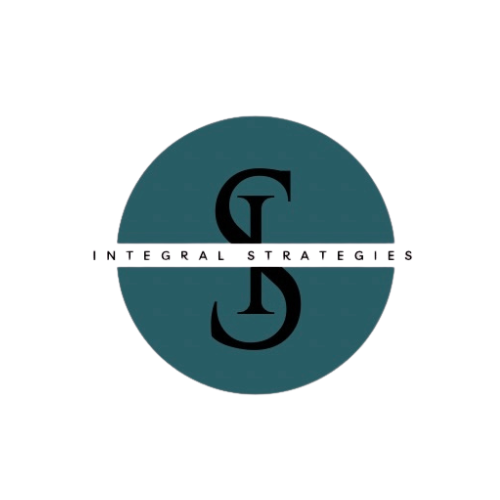A Small Business Owner's Guide to Reading Financial Statements
Understanding financial statements is crucial for small business success. This comprehensive guide breaks down income statements, balance sheets, and cash flow statements in plain language. Learn to spot red flags, calculate key financial ratios, and make data-driven decisions for your business. Perfect for entrepreneurs who want to move beyond simply handing everything to their accountant. Master your business finances today with practical tips from industry experts.
Jacquelyn Vergel
3/23/20252 min read


Financial statements can seem intimidating at first glance, but they tell the story of your business in numbers.
Understanding how to read them empowers you to make informed decisions about your company's future.
This guide breaks down the essentials every small business owner should know.
The 3 Key Financial Statements
Income Statement (Profit & Loss)
The income statement shows your revenue and expenses over a specific time period. Think of it as a report card for your business performance. Key components to focus on include:
Revenue: Money earned from selling products or services
Cost of Goods Sold: Direct costs related to producing your goods or services
Gross Profit: Revenue minus cost of goods sold
Operating Expenses: Day-to-day costs like rent, salaries, and utilities
Net Income: What's left after all expenses are paid (the bottom line)
What to look for: Compare current performance to previous periods. Is revenue growing? Are expenses increasing faster than revenue? Your net profit margin (net income divided by revenue) shows how efficiently you're converting sales into actual profit
Balance Sheet
The balance sheet provides a snapshot of what your business owns and owes a specific moment in time. Key components include:
Assets: What your business owns (cash, inventory, equipment, accounts receivable)
Liabilities: What your business owes (Loans, accounts payable)
Equity: The owners stake (assets minus liabilities)
What to look for: The balance sheet must always balance (Assets = Liabilities + Equity). Check your current ratio by dividing your current assets by current liabilities to assess short-term financial health. A ratio below 1.0 may indicate cash flow problems ahead.
Cash Flow Statement
While you can be profitable on paper, cash flow problems can still sink your business. This statement tracks actual cash moving in and out. Key components include:
Operating activities: Cash from day-to-day business operations
Investing activities: Cash used for long term assets like equipment
Financial Activities: Cash from loans, investor funding, or paying dividends
What to look for: Consistent positive operating cash flow is crucial. If your business is profitable but cash flow is negative, investigate why (Perhaps customers aren't paying on time, or inventory is tying up too much cash.)
Common Financial Statement Red Flags
Declining Gross Margins: May indicate pricing problems or rising production costs
Growth Inventory with Flat Sales: Potential inventory management issues
Increasing Accounts Receivable: Collection problems that could lead to cash flow issues
Negative Operating Cash Flow: The business isn't generating enough cash from its main activities
High Debt to Equity Ratio: Too much debt can make your business vulnerable during downturns
Practical Tips for Small Business Owners
Schedule regular financial reviews: Set aside time monthly or quarterly to review your statements
Compare periods: Look for trends over time rather than isolated numbers
Use benchmarks: Compare your numbers to industry standards
Ask questions: If something doesn't make sense, ask your accountant or bookkeeper
Look beyond the numbers: Use financial data alongside other business metrics
Final Thoughts
Financial Statements aren't just paperwork for taxes or loan applications -- they're powerful tools for steering your business. Learning to read them effectively gives you insight into where your business has been and helps chart where its going.
Remember that financial statements work together to tell a complete story. The income statement shows performance over time, the balance sheet captures a moment in time, and the cash flow statement bridges the two by explaining changes in cash.
Working with a professional bookkeeper ensures your financial statements are accurate and up-to-date, giving you reliable information to make smart business decisions.
Integral Strategies, LLC
Through my commitment to excellence and integrity in bookkeeping, I envision a future where every business thrives, contributing to a vibrant economy and a stronger society.
Email:
Hello@integralstrategiesllc.com
Phone:
813-616-1992
© 2025. All rights reserved.


